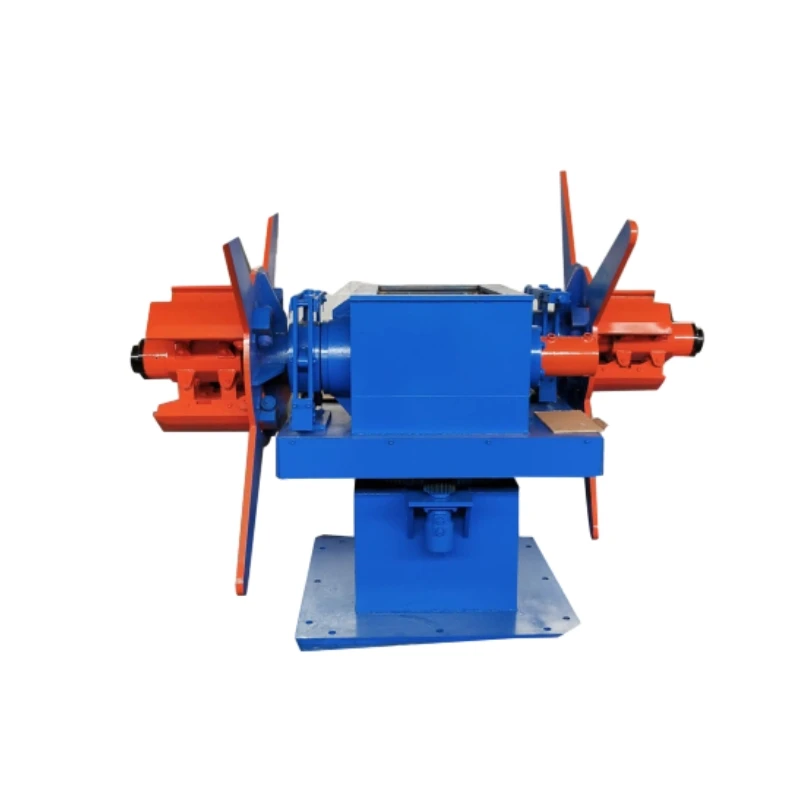Techniques for Effective Rod Straightening and Alignment in Industrial Applications
Rod Straightening Techniques, Importance, and Applications
Rod straightening is a crucial process in various manufacturing and engineering industries, particularly where precision and quality are paramount. This technique ensures that metal rods, which may have become bent or warped during production or handling, are returned to their specified straightness. This article explores the methods of rod straightening, its importance, and its wide-ranging applications.
Importance of Rod Straightening
The straightness of metal rods plays a pivotal role in the functionality of the final products. In many cases, even a slight deviation from the specified dimensions can lead to significant issues in assembly, operation, and overall product integrity. For instance, in the automotive and aerospace industries, where components must fit together with high precision, any misalignment caused by bent rods can lead to catastrophic failures. Moreover, straight rods can improve the aesthetic value of products, making them more appealing to consumers.
Additionally, straightening rods can prolong their lifespan. Bending stresses can create weak points in the material, leading to premature failure. By ensuring that rods are straight, manufacturers can minimize the risk of stress-related fractures, thereby improving the durability and reliability of their products.
Techniques of Rod Straightening
There are various techniques employed in the straightening of rods, each suited to different types of material and degrees of deformation. The most common methods include
1. Mechanical Straightening This method involves applying mechanical force to the bent rod using specialized equipment. Hydraulic jacks, presses, and rollers can be utilized to apply pressure at specific points along the rod, gradually straightening it. This method is effective for rods that are only slightly bent and require minimal adjustments.
2. Heat Treatment In cases where a rod is severely bent, heat treatment can be used to relieve internal stresses before the straightening process. Heating the rod allows the material to become more malleable, making it easier to straighten without risking fractures. Once the rod is in the desired shape, it is cooled slowly to restore its structural integrity.
3. Cold Straightening This method involves the application of force at room temperature, which can be effective for certain materials. Cold straightening can be performed using specialized tools that apply localized pressure to the bent area, allowing the metal to yield and return to its original shape. However, this method is best suited for materials that have high ductility.
rod straightening

4. Stretching For rods that are only slightly warped, stretching can sometimes be a viable option. By carefully applying increasing tension along the length of the rod, manufacturers can coax the metal back into alignment. This method is relatively simple but requires a measured approach to avoid over-stretching, which could lead to further deformation.
Applications of Rod Straightening
Rod straightening is employed in a myriad of industries, showcasing its versatility and necessity. Some key applications include
- Construction Steel rods are commonly used in construction for reinforced concrete. These rods must be straight to ensure even load distribution and structural stability.
- Manufacturing In various manufacturing processes, such as automotive and machinery production, straightened rods are essential for creating precision parts that meet stringent specifications.
- Aerospace Components in the aerospace industry are held to extraordinarily high standards. Straightening rods used in airframes and engines is vital for safety and performance.
- Electronics In the electronics sector, straightening is necessary for metal rods used in connectors and other components to ensure proper functionality.
Conclusion
Rod straightening is an indispensable process that ensures the quality and reliability of metal rods used in various applications. By employing techniques such as mechanical straightening, heat treatment, cold straightening, and stretching, manufacturers can correct deformities caused during production or handling. The importance of straightening rods cannot be overstated, as it impacts not only product longevity and performance but also the safety of the end-users. As industries continue to evolve, the demand for precise and reliable rod straightening will undoubtedly grow, underscoring its essential role in modern manufacturing and engineering practices.
-
High Frequency Straight Seam Welded Pipe Production Line-BzZhou Xinghua Machinery Equipment Manufacturing Co., LTD.|Precision Welding, High EfficiencyNewsJul.30,2025
-
High Frequency Straight Seam Welded Pipe Production Line|BzZhou Xinghua|Precision Welding&EfficiencyNewsJul.30,2025
-
High Frequency Straight Seam Welded Pipe Production Line - BzZhou Xinghua|Precision Engineering&EfficiencyNewsJul.30,2025
-
High-Frequency Straight Seam Welded Pipe Production Line-BzZhou Xinghua Machinery Equipment Manufacturing Co., LTD.NewsJul.30,2025
-
High-Frequency Straight Seam Welded Pipe Production Line-BzZhou Xinghua Machinery Equipment Manufacturing Co., LTD.|Precision Manufacturing, High EfficiencyNewsJul.30,2025
-
High Frequency Straight Seam Welded Pipe Production Line-BzZhou Xinghua Machinery Equipment Manufacturing Co., LTD.|Precision Steel Pipe Manufacturing&Industrial EfficiencyNewsJul.29,2025


